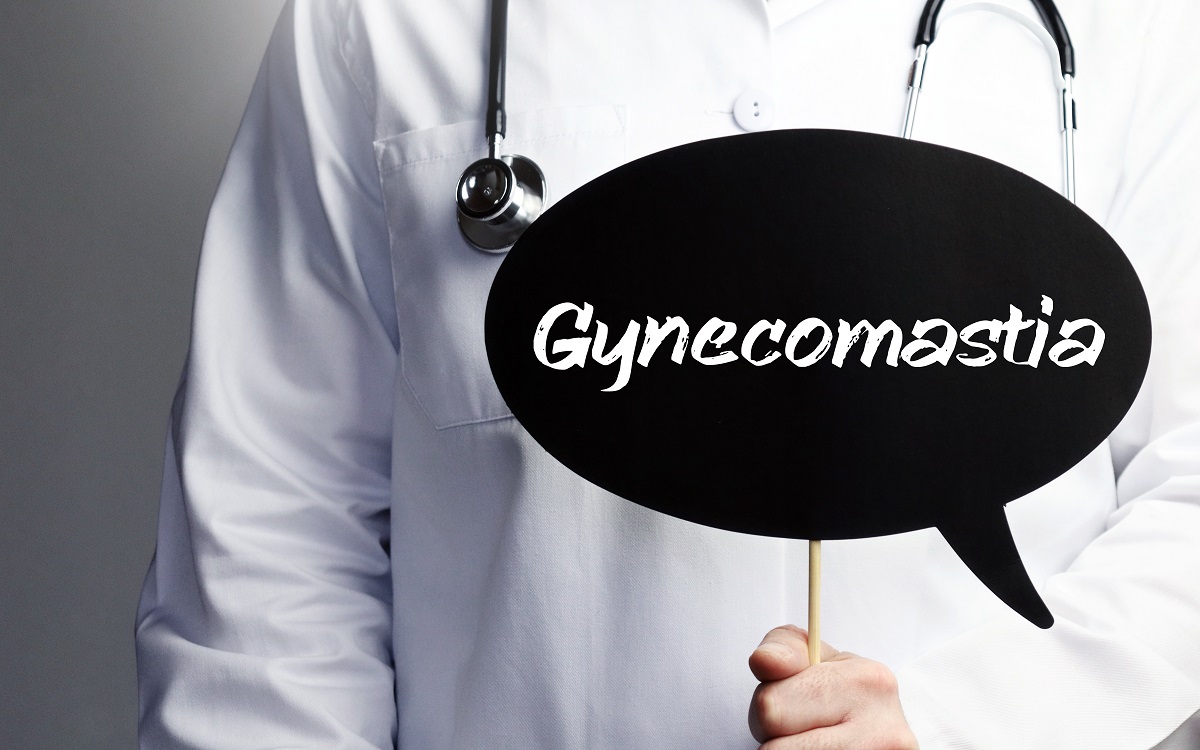Gynecomastia is the enlargement of breast tissue in males, a condition that can develop at any stage of their lives. While not considered a serious medical issue, it can cause a lot of embarrassment and can sometimes be painful. When it doesn’t go away on its own, gynecomastia surgery can be a solution.
Gynecomastia, Explained
Gynecomastia is a condition characterized by an increase of breast gland tissue due to a hormone imbalance along with other causes. It can affect a single breast or both breasts, and it can cause them to differ in size, sometimes significantly.
Gynecomastia affects males before and after puberty. Some cases have been known to go away on their own, while others are more persistent and require treatment.
Common Symptoms and Causes
The first symptom is typically a tender lump of fatty tissue underneath the nipple. Over time, one or both breasts may swell to different sizes. The breasts may also feel tender.
Gynecomastia causes typically differ according to age. In more than half of the male infants born with it, the cause is usually the direct result of estrogen received in the womb and, as such, it disappears within a few weeks following birth.
In males going through puberty, gynecomastia is caused by changes in hormone balance. In most cases, it will go away in between six months and two years without any further treatment.
When it occurs in one in four adult males between 50 and 69 years of age, gynecomastia’s cause can, once again, be a hormone imbalance.1 However, there are many other causes, including:
- Some medications
- Health conditions like hyperthyroidism
- Alcohol and street drugs
Although its physical complications are small in number, gynecomastia can negatively impact your psychological and emotional health, causing the development of depression or anxiety.
Gynecomastia Treatments
There are medications available that may be helpful for certain men. Aromatase inhibitors and Tamoxifen are FDA-approved, but these have not been officially approved as gynecomastia treatments. Testosterone treatments can help older men who have low levels.
Male breast reduction surgery is another option, and this is usually advised following other unsuccessful treatments or if the breast size does not decrease. Liposuction eliminates excess breast fat via suction, and a mastectomy removes all of the breast gland tissue via cutting or excision.
In some cases, it may be necessary for both surgeries to occur, especially where the breasts are very large and much skin and tissue need to be removed.
Why Choose Male Breast Reduction Surgery?

Not only is surgery successful in most cases, but complications are rare and recovery is a relatively short six weeks.2 Reducing breast size can also eliminate the negative mental and emotional aspects of the condition.
If gynecomastia is causing you pain and embarrassment after trying other options, Dr. Peter H. Grossman can help. Possessing over 20 years of experience, Dr. Grossman is a board-certified plastic surgeon and is also one of the area’s best. Request your consultation now by filling out the online form, or call Grossman Plastic Surgery at (818) 981-2050 to learn more.
Sources:


